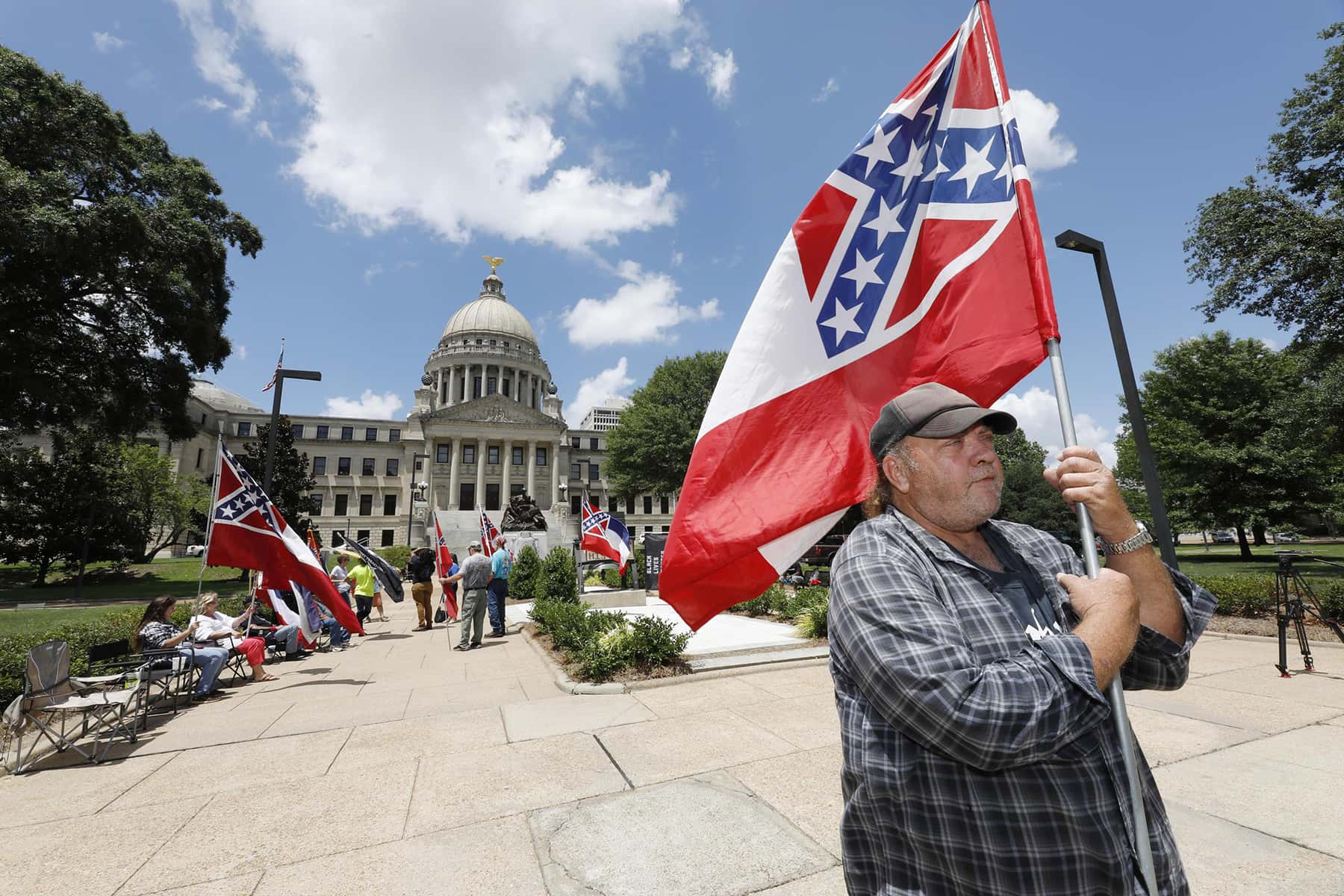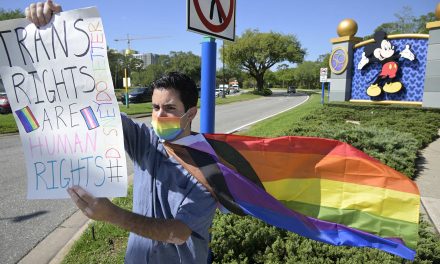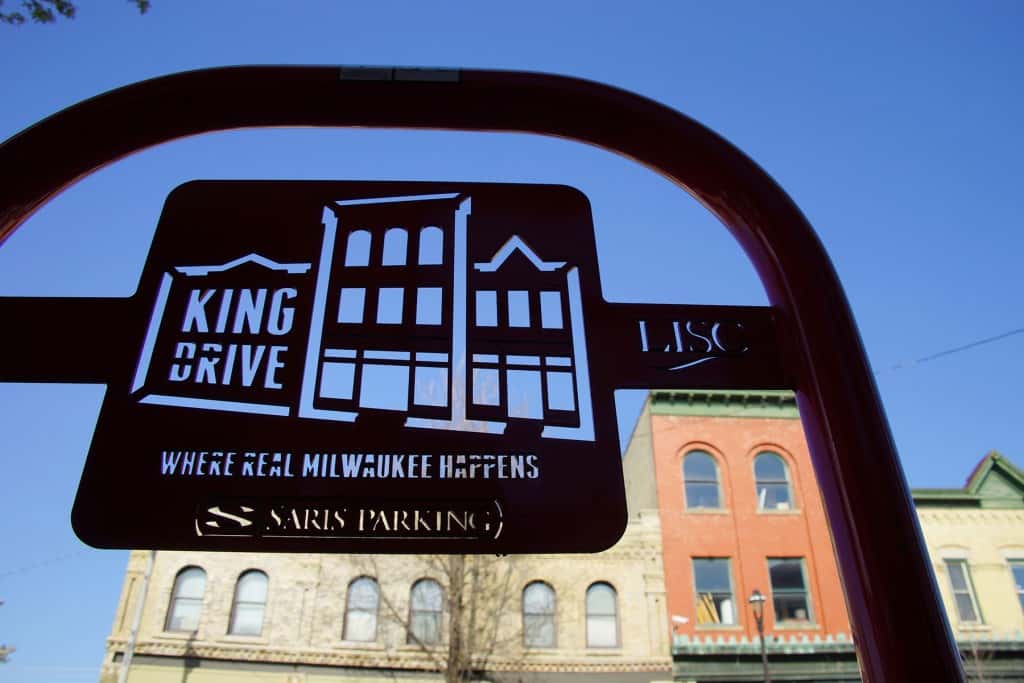
“You own this. You own his rhetoric. You own his sentiment.” – State Senator LaTonya Johnson to her Republican colleagues
Once upon a time I used to joke that because I was born in Mississippi and raised in Wisconsin that I’m from Wississippi. Well, it’s no longer a joke, and it has more to do with the rampant racism here than it does with where I was born and raised.
More confirmation comes when the Wisconsin State Assembly “honors” a racist like Rush Limbaugh while also refusing for the second year in a row, to honor Black History Month. I know some people are already mad at me for calling Rush Limbaugh a racist. Get over it, he was, and he was proud of it. I’m not speaking ill of the dead, I’m simply being honest about who and what he was in his words and deeds.
When Donald Trump won Wisconsin in the 2016 presidential election, many people were stunned. I was not one of them. The state has shown decisively that the type of rhetoric spouted by Trump, Limbaugh and now the State Senate and our U.S. Senator Ron Johnson, is quite popular to many white residents of the state.
Johnson claimed he was not being racist when he spoke about the mostly White folks who rioted at the U.S. Capitol, attempting a coup d’état, saying they were people who “truly respect law enforcement” and “loved this country.” He went on to say, “Now, had the tables been turned, now, Joe, this will get me in trouble, had the tables been turned and President Trump won the election and those were tens of thousands of Black Lives Matter and Antifa protesters, I might have been a little concerned.”
Now some may argue that this statement was not a racist remark. However, you don’t get to make that determination if you make the statement. People who are offended make that determination. And furthermore when people in the Black community tell you they find it to be racist, the right thing to do, if you are not a racist, is to apologize, not double down and accuse Black people of using the so-called race card, which White people invented.
How else can you explain the election of and popularity of these people in the state without saying racism is a part of their appeal? Wisconsin was once seen as a bastion of progressivism. It has turned in the opposite direction. Trump barely lost in 2020 in Wisconsin, deflating his chances for a second term. The results clearly show that many Wisconsinites who like to call themselves “Midwest nice” are not so nice to the 6.3% of the population that is Black in the state.
The fact that that we are living in one of the most highly segregated states in the country shows that this is not new. Segregation took decades to develop and we are still dealing with its impact today.
When the Great Migration, the movement of 6 million Black people out of the South, began in the early 1900s, Wisconsin was not a popular destination. Today over 60 percent of all Blacks in the state live in one city, Milwaukee. By comparison in Illinois just 43.7 percent of all Blacks in the state live in its largest city, Chicago. Other nearby states have similar results: Michigan (38.4%) live in Detroit; Iowa (22.4%) live in Des Moines; Minnesota (22.6%) live in Minneapolis.
That “Wisconsin nice” sentiment did not apply to welcoming Black people to the state years ago, nor does it do so today. Nearly 90 percent of all Black people in the state are congregated in the six Wisconsin counties of Milwaukee, Dane, Racine, Kenosha, Rock, and Waukesha.
The fact that we are so concentrated leads to the state being one of the most segregated in the entire country. As Black people moved here, White people began to erect barriers to us living in their communities. I’ve written about the use of racial restrictive covenants in the past. These were legally binding clauses attached to homes or entire subdivisions which legally prevented Black people from moving into certain communities.
A late 1970s study showed that they were used in 16 of the 18 suburbs in Milwaukee County to keep Black people out, the earliest of which was written in the Washington Highlands subdivision in Wauwatosa in 1919.
“At no time shall the land included in Washington Highlands or any part thereof, or any building thereon be purchased, owned, leased or occupied by any person other than of white race. This prohibition is not intended to include domestic servants while employed by the owner or occupied by and [sic] land included in the tract.” – Racially Restrictive Covenants: The Making of All-White Suburbs in Milwaukee County
We should not pretend Milwaukee County was alone in these practices. A 1955 study showed that 45 percent of the subdivisions in the city of Waukesha with restrictive covenants included racial restrictions.
A good friend and colleague, Erica Turner and the group she founded, Bridge the Divide has uncovered racial restrictive covenants in Ozaukee County. A November 1946 covenant in the Highland Homes subdivision in Thiensville stated, “No race other than the Caucasian race shall use or occupy any building or lot in said subdivision; however this covenant shall not prevent the occupancy of domestic servants of a different race employed by an owner or tenant.” Another one that they found in Mequon’s Eschrich Park subdivision, written in October 1933 stated, “No parcel in Eschrich Park shall…be rented to or occupied by any persons other than of the Caucasian race. This restriction shall not be construed against the employment of any person as chauffeur or servant.”
So how does this connect with Wisconsin politics? In September 2020, Julia Kirschenbaum wrote an article titled, Gerrymandering and Racial Justice in Wisconsin: Partisan maps have yielded a legislature that fails to respond to Black voters for the Brennan Center for Justice. In this informative piece, she told us how and why Wisconsin has racially gerrymandered maps that take political power away from Black voters in the state.
“Indeed, the wave election of 2018 is a powerful lesson in just how rigged Wisconsin’s maps are in favor of the Republicans who drew them. Despite winning every statewide office and a majority of the statewide vote that year, Democrats managed to win only 36 of the 99 seats in the Assembly. Republicans won the remaining 63 seats with a minority of the statewide vote, losing only a single seat that they had previously held. Around Milwaukee County, where nearly 70 percent of the state’s Black population lives, map drawers disregarded the Wisconsin Constitution’s requirement that legislative districts be drawn to respect county lines wherever possible, cracking a bloc of Milwaukee County voters across a ring of eight Assembly districts that stretch far into the predominantly white, conservative suburbs of neighboring counties. Republicans carried seven of these eight districts in 2018.”
This entrenched, gerrymandered majority for Republicans is not accidental and the U.S. Supreme Court, a conservative leaning body, has given it permission to remain in place. In the Gill v. Whitford case a federal court ruled that “the map displayed both bad intent and bad effect, citing evidence that the map drawers used special partisan measurements to ensure that the map maximized Republican advantages in assembly seats…” The U.S. Supreme Court ruled in 2019 that racial gerrymandering challenges in North Carolina and Maryland were “nonjusticiable,” simply meaning that they were legally allowed to draw gerrymandered maps. The court in essence invalidated the ruling by the court in Gill v. Whitford.
Malia Jones, an applied demographer at The University of Wisconsin-Madison told ProPublica in 2017 that, “Wisconsin is one of the most segregated states in the nation. When we are talking about geography we are also talking about race.” She also told them that manipulating a map to move around Wisconsin Democrats also means manipulating a map to move around Wisconsin voters who are not white.
The scientifically created redistricting maps drawn by Republicans after the 2010 election, had race in mind despite them saying race did not play a factor. According to a ProPublica analysis:
“Republican map drawers crossed the Milwaukee County line to loop 60 percent minority city neighborhoods into a sprawling suburban district that is, after the redistricting, 87 percent white…it also places thousands of African-American and Latino citizens in a heavily white district where they have little hope of electing a candidate who will represent their interests.”
This is not just a Wisconsin issue but when you are accused of using the same racial tactics as two of the former Confederate States of America (Georgia and North Carolina) to win elections, it says a lot about racism in your state. Wisconsin state elected officials from the Republican Party have shown time and time again their disdain for Black people in the state. These latest shenanigans simply cements into place a believe that Wisconsin is no better than Mississippi when it comes to racism.
When the people you vote for stand for something, that means as your representatives, you stand for it as well, unless you say otherwise. I’m waiting for some of these White people in Wisconsin to repudiate these practices and policies by people who pander to racists like Limbaugh.
© Photo
Rоgеlіo V. Sоlіs














